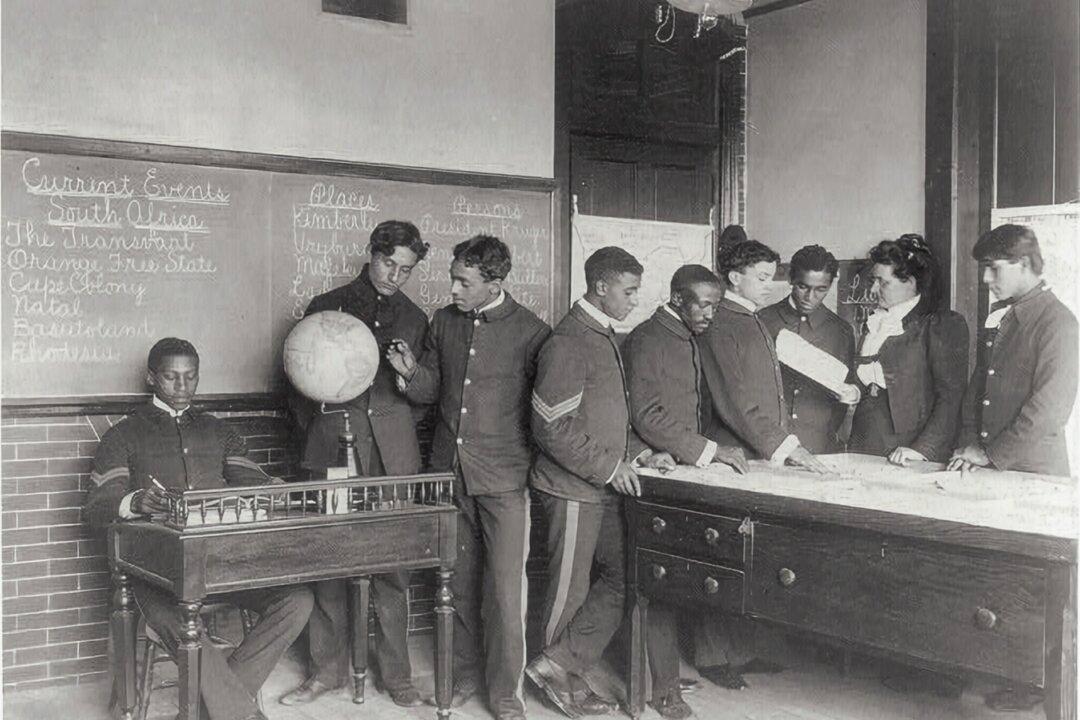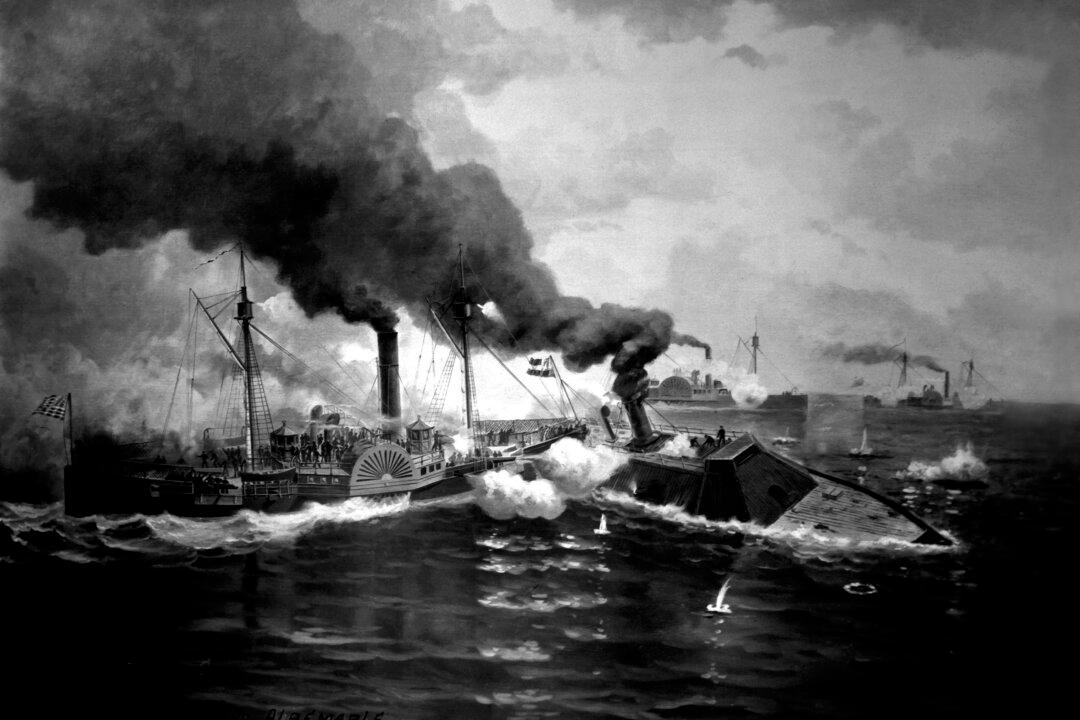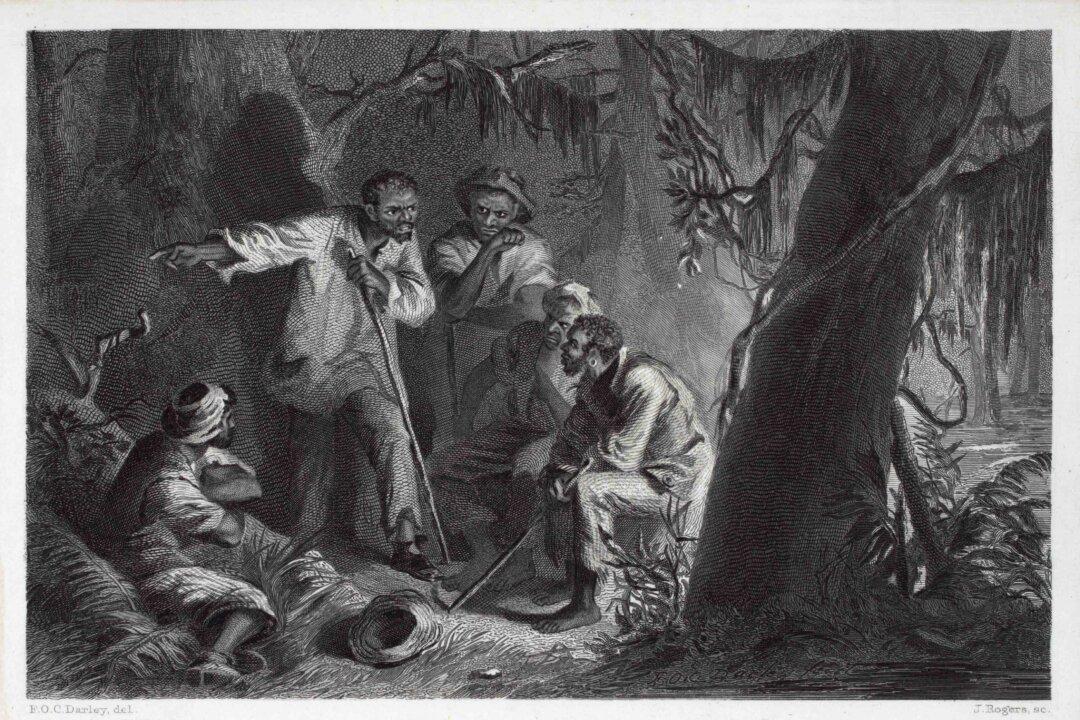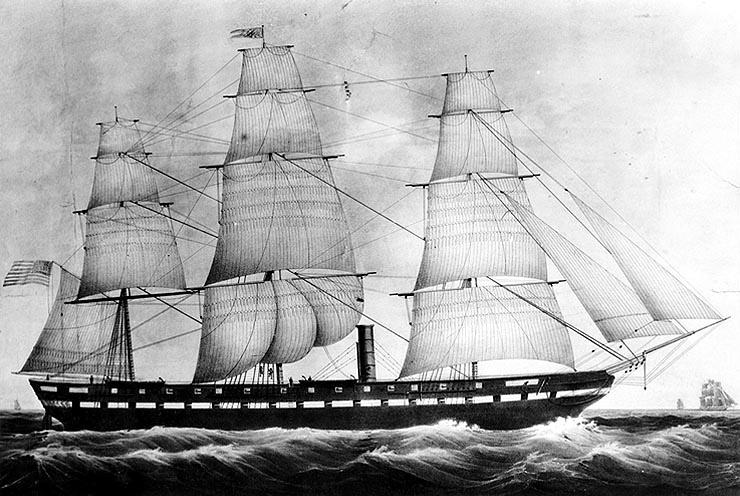Samuel Chapman Armstrong was the founder of Hampton Normal and Agricultural Institute (now Hampton University in Hampton, Virginia). A native of Hawaii, he fought with the Union Army during the Civil War and was eventually awarded the brevet rank of brigadier general of volunteers. After working for the Freedmen’s Bureau in Virginia, he recognized that African Americans needed greater educational opportunities, prompting him to establish Hampton Institute. Some of the Institute’s most notable graduates include civil rights leaders such as Booker T. Washington and Thomas Calhoun Walker.
In His Younger Years
Armstrong was born on January 30, 1839, on the island of Maui in the Kingdom of Hawaii. His parents, Richard Armstrong and Clarissa Chapman Armstrong, were Protestant missionaries sent out by the American Board of Commissioners for Foreign Missions in Massachusetts. The Armstrongs arrived in Hawaii in 1832 and began establishing churches. In 1840, Richard Armstrong was appointed Kahu (Senior Pastor) of Kawaiaha’o Church in Honolulu. King Kamehameha III appointed Armstrong as Minister of Public Insurrection in 1847 and, in 1855, he became President of the Board of Education. His teaching activities made him known as “the father of American education in Hawaii.”
Samuel attended Punahou School and then its collegiate branch, Oahu College. Although very studious, he was also a noted prankster. The young Armstrong secretly lowered the flag of the American consulate in Honolulu in honor of the death of a family pet. He also hanged his sister’s dolls to halt their “i-doll-try.”





